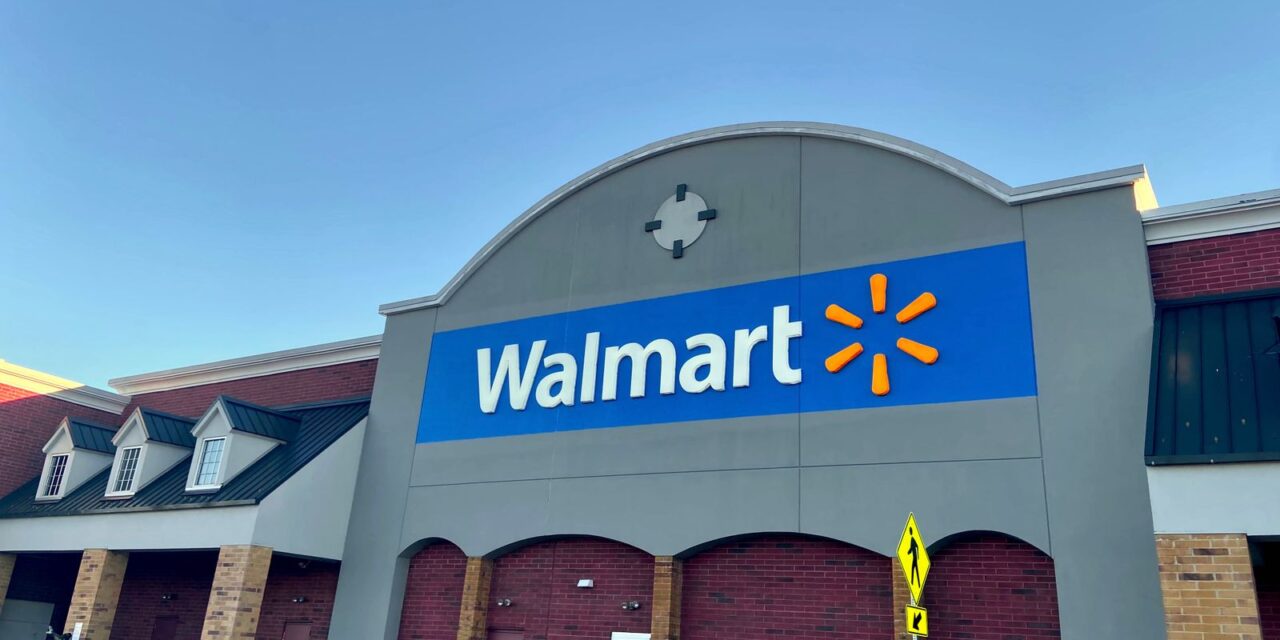Daphne Howland|Source: www.retaildive.com, April 2023
The retail giant expects that within three years, 55% of its fulfillment center volume will move through automated facilities, and a whopping 65% of its stores will be automated to some extent.
Speaking to investors and analysts on day two of its annual investors meeting, executives reminded their audience that Walmart’s inventory sits within 10 miles of 90% of the U.S. population.
For decades the retail giant has staked its growth and profits on this vast brick-and-mortar network of what is now more than 5,300 locations, including 600 Sam’s Club warehouse stores. Despite the fact that it sees huge potential in e-commerce, and is targeting much of its investment to stoking online sales, that footprint remains crucial to its success.
To the extent that a brick-and-mortar fleet is an advantage, it’s not one available to Amazon, which has a much smaller footprint of much smaller locations, mostly Whole Foods. During Wednesday’s meeting, which was broadcast via video conference, Walmart U.S. CEO John Furner called the company’s stores “the key nodes” in its omnichannel operation.
“That’s important because we know customers want speed,” he also said. “And we also know that the last mile costs more than the middle mile, and the middle mile is more costly than the first mile. So having 4,700 points of distribution shortens the last mile, lowers delivery time and it lowers costs.”
In the next five years, nearly 90% of Walmart’s capital expenditures will be in “high return areas like e-commerce, supply chain and store investments,” Chief Financial Officer John David Rainey said. Within three years, by the end of its fiscal year 2026, Walmart said it expects about 65% of its stores will have automation capabilities, 55% of its fulfillment center volume will move through automated facilities, and unit cost averages could fall by some 20%.
In recent days Walmart has notified several states of layoffs at many of its e-commerce facilities, which so far top 2,300. Executives Wednesday said they envision hiring more people in the long run, for better jobs at better pay for what will be a bigger, more profitable enterprise.
“Further scaling precisely these types of investments is what will allow us to realize a profit inflection in the next five years,” Rainey also said.
UBS analysts led by Michael Lasser also see it that way, saying that these “improved efficiencies should help it accelerate its flywheel.”
“Importantly, the tech being used can help the co. improve throughput, accuracy, & even reduce backroom labor demands over time,” Lasser said, noting that as much as half of robotically assembled pallets go directly to store floors, allowing human associates to work more efficiently on the store floor.
Walmart on Tuesday had offered a tour of a fully automated facility in Brooksville, Florida, and Telsey Advisory Group analysts led by Joseph Feldman said they were “impressed by the high level of automation.”
Two robots handled an inbound shipment of some 3,400 packages; sensors and robots separated them before they moved to an automated grid. Meanwhile robots were able to build pallets of 130 cases, versus 75 for manually built ones, per Telsey’s note, which also described robots in storage and picking, and autonomous forklifts that loaded and unloaded.
For this fiscal year, Walmart expects net sales to rise 2.5% to 3.0%, Walmart U.S. comps to rise 2% to 2.5% (excluding fuel sales); Sam’s Club U.S. comps to rise 5% (excluding fuel); and capital expenditures to be flat to last year to “up slightly” year over year. Last year’s capital expenditures reached $16.9 billion.
“We view capital allocation is every dollar having to compete for the best return, and we view our capital expenditures through the lens of return on investment,” Rainey said. “The investments we’ve made over the last few years in things like store-level technologies and supply chain automation are yielding returns in excess of what we originally contemplated.”

